A Family Affair: The Science Behind Creating Culinary Masterpieces With Your Young Chef
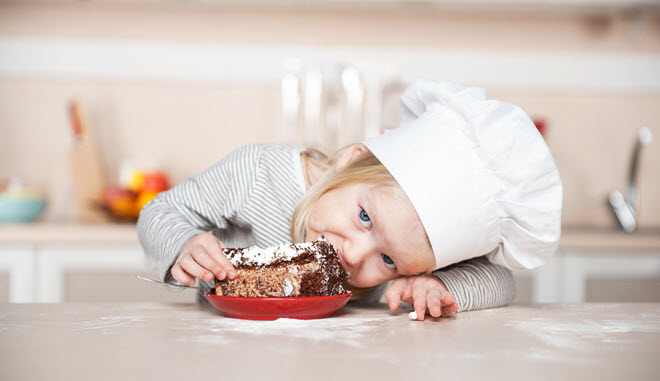
It's no secret that the home-cooked meal — especially those cooked by parents and their children — is becoming a thing of the past. Last year, less than 60% of dinners were cooked at home. In the face of work and school trips and homecoming games, many parents favor the convenience of carry-out and delivery over cooking at home, especially when it comes to big families. But what if we told you there were a way to cook with your kids and get invaluable benefits for your entire family?
When you think about it, it's easy to see the rewards of cooking with your children: they can learn about planning, practice good timing, broaden their palates and create a greater appreciation for ingredients. It also gives you a natural opportunity to talk and bond with them, and a way to make them feel good about helping out. This guide is designed to help you make the most of family cook time and get everyone else on board with the program. So grab your aprons (chef hats optional) and let's get to it!
Doubters, gather: real benefits to cooking with your kids
It starts off pretty basic: the mere act of simply following a recipe has benefits for children. It can encourage a child's independence and self-direction, while simultaneously teaching him to follow directions and use thinking skills for problem solving. Small muscle control and eye-hand coordination can be developed by common cooking skills like squeezing, chopping, spreading and mixing. Having trouble getting your kids to break out of the PB&J box? They're more likely to try new foods if they helped pick out and prepare them. Setting them up to be more open-minded about food now will likely cause them to lead a healthier life. It's also a great time to talk about healthy eating habits.
There are also important social benefits to family cooking, like encouraging communication between parent and child. It provides quality family time that leads to the kind of bonding that boosts your child's self-esteem. Just putting him partially or fully in charge of an important contribution like a family meal is also a huge confidence booster. All the while, it's an opportunity to benefit from being together and can demonstrate how combined efforts can lead to greater results than taking on a big task (like cooking an entire meal) on one's own.
Inviting your child into the kitchen is also an interactive, engaging way to encourage the use of imagination and self-expression. Kids can combine recipes, substitute ingredients or add extra ingredients to make their own unique creations. Becoming a young chef can also be a great way to learn, potentially leading to better math skills (counting, measuring, sequencing) and even better science skills. After all, cooking is basically a practical, hands-on chemistry experiment where you make observations and predict change.
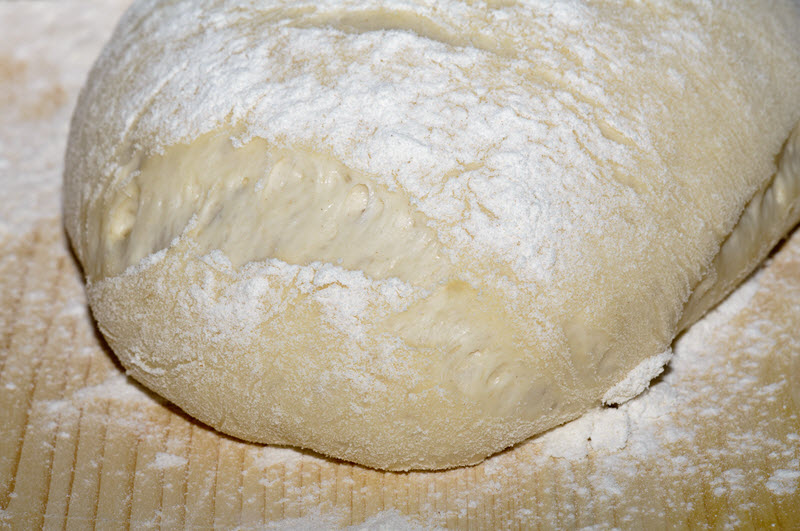
Getting everyone on board
There are competing school, work, sport, band rehearsal, and dance lesson schedules to consider, not to mention differing interests for how to spend free time. Getting everyone to participate in cooking dinner — whether as a partner or group activity — may not be as simple as merely asking. If you think your kids may resist the idea, ease into it by casually asking for help with just one step of dinner on a quiet night. Keep your kids' personalities in mind when it comes to assigning tasks; your rambunctious son would probably enjoy tenderizing the chicken, and your meticulous daughter would be a natural at layering the lasagna noodles. (Cooking with pasta, in particular, tends to be a favorite among kids.)
Another simple way to instill the cooking seed in your child is to include him in the shopping process. He can read off grocery lists in the car and then help you find the items in the various sections of the store. It can turn a sometimes mundane weekly task into a special errand with your child. He could also begin his culinary journey by acting as taste tester while you cook; ask for feedback and experiment together with the recipe. The key is to keep it light: collaborate with your family to create theme nights or meals like Fish Friday or Meatless Monday. Make Saturday a cuisine night or Tuesday make-your-own-pizza night. The possibilities are endless and coming up with ideas is just another great way to get in some family bonding time!
Still having trouble convincing your teen? Leverage social media to your advantage: encourage her to post a photo of the process or completed plate to Twitter or Instagram as a way to share her accomplishment. Besides, if you don't Instagram the meal, can you be sure you ever really ate it?
Starting a family garden is another great way to get your whole family excited about cooking and a wonderful way to teach appreciation for ingredients. And in the interest of being green: recycle! Challenge your child to help you create a meal using last night's leftovers, or prepare a lunch protein for the week in an assembly line. Shake things up by making “brinner,” or breakfast for dinner, and ask your child for help with the omelets.
Whatever approach you take to get your kids excited about cooking, remember the goal is to have fun and spend time together.
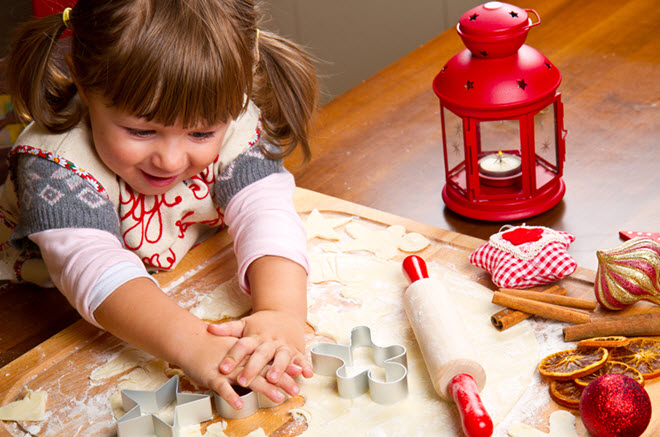
What to Cook
Links to potential kid-friendly recipes will be at the end of this guide, but it helps to know what “kid friendly” even means in a kitchen. General guidelines of which foods are easier to work with than others can help you tailor suggestions to your own beloved recipes or to your family's appetite.
It's often a little easier to initially start kids' participation in the kitchen with baking projects. Let's face it, they're just more likely to put in extra work for cake or cookies. Even putting together a fun dessert like milk and cereal popsicles or frozen Jell-o can be a great way to test the cooking waters with your child.
Once you do venture past baking, it's often easiest to start small with crock pot meals and no bake recipes. Try to incorporate foods important to your children's health like eggs, lean meat, beans, and grains and starches like whole grain pasta and rice. Offer to expand dinner vegetable choices if your child agrees to help cook them. For example, if he hates baked carrots, offer to teach him to steam broccoli.
People tend to favor kid-friendly options when first voyaging into cooking with children. This might mean stuff your kids will just flat-out want to eat like specialty desserts or parfaits; and it could also mean stuff they'll benefit from, like their lunch for school or post-volleyball snack. Offer to take your daughter's next birthday party or sleepover to the next level with individually-portioned appetizers and desserts. All she has to do is help make them! It could also act as a bargaining chip when introducing new foods; if your son helps you make the fish dish (and tries it), you'll make pudding for dessert.
The great thing is, cooking projects with your kids can be as simple as making a mini pizza on a bagel or making hummus from scratch.
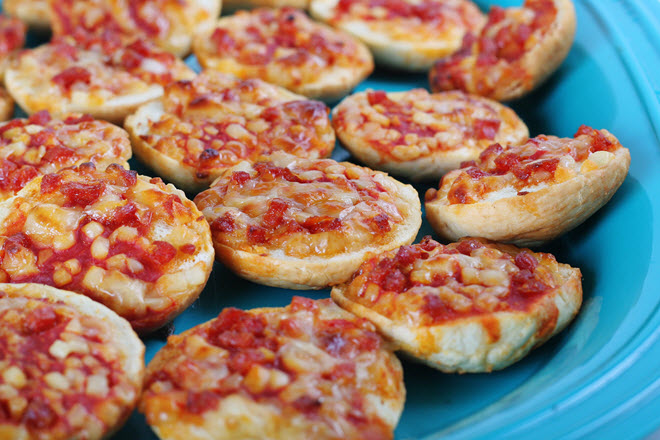
Cooking the first big meal together
Keep in mind that the perfect time may happen when you aren't looking. A foggy Saturday afternoon could leave everyone home and create a natural opportunity to suggest cooking a rainy day snack. If you can plan a designated day and time, awesome. If not, don't stress and simply wait for an opportunity to present itself.
Pick a day with no time restrictions or busy schedules like a Sunday afternoon. Ensure that everyone is well-fed (no one likes cooking on an empty stomach) and young ones are well-rested; tired kids make frustrated cooks. Set very clear safety rules about which tasks are for children and which ones are for adults only, which items children can and can't touch, and basic kitchen rules.
If working with multiple children, you have a few options on how to involve everyone. You can assign each his own task: one calls out the ingredients, another finds them in the kitchen, and another measures and pours them. You can work in a direct assembly line (someone cracks the eggs, the next person whisks them). Or you can have children take turns with each step so they all get a turn at tasks like stirring and pouring ingredients.
Make sure everyone washes hands with warm, soapy water before and after handling all food and cooking utensils. Long hair should be pulled back and all working surfaces wiped down and clean. Be sure to keep an eye out for double-dipped spoons after tasting!
Different children will exhibit different strengths, but in general here are some good guidelines to stick to when deciding age-appropriate responsibilities for your kids:
- Three- to five-year-olds are still developing motor skills, so complex steps like cracking eggs or using a peeler are out. They're usually better sticking to wiping up counters and tabletops, mixing dry ingredients like batter mixes and flour, and washing fruits and veggies in the sink.
- Six- to seven-year-olds will be a little better with more detailed jobs, but you'll need to stay on top of safety. They can typically crack eggs, shuck corn, snap green beans, peel fruits and vegetables, and deseed produce.
- Eight- to nine-year-olds may be best off with tasks tailored to their strengths and maturity levels. This age group can be especially forgetful when it comes to leaving food out and wiping surfaces down. They can contribute by pounding meat or poultry on a cutting board, opening cans, checking the temperature of dinner with the meat thermometer, or juicing fruits and vegetables.
- Ten- to twelve-year-olds are at the age that they can mostly work independently, but of course still require some supervision. Keep an eye out for basic safety guards like turning pot handles in, unplugging electrical appliances, using knives properly, and using the oven and microwave safely. They are usually good with boiling pasta, baking in the oven, simmering liquids on the stove, and slicing or chopping vegetables.
Let your kids make a decision about the meal choice and cooking process whenever possible. Most of the decisions in their daily lives are made for them by adults, so giving them some freedom to choose while cooking is an excellent way for them to feel a sense of control. Substitute utensils make it easier and safer for little ones to be promoted to bigger tasks sooner, like wooden spoons for stirring or cups for rolling out dough. And while a small apron is a great idea, it might be worth skipping spending money on specialty kid-friendly cooking utensils. Your kids tend to outgrow them pretty quickly and with careful supervision, you should let them handle real kitchen tools as often as possible.
One of the most important parts of cooking with your kids is tasting the food throughout the process, and not just because it's delicious! It keeps them engaged, plus you can show your kids how the flavors and textures of foods change drastically during the cooking process. Stay positive and encouraging throughout the activity, no matter what happens. Relax your inner clean freak and accept that extra mess is probably inevitable, and that's OK. In fact, make cleaning a specific part of the experience and ensure they have the time to help.
Don't forget to give your young chef a big thank you for his help after the meal. Even if it didn't turn out exactly right, or look the way it did in the pictures, it was all worth it!
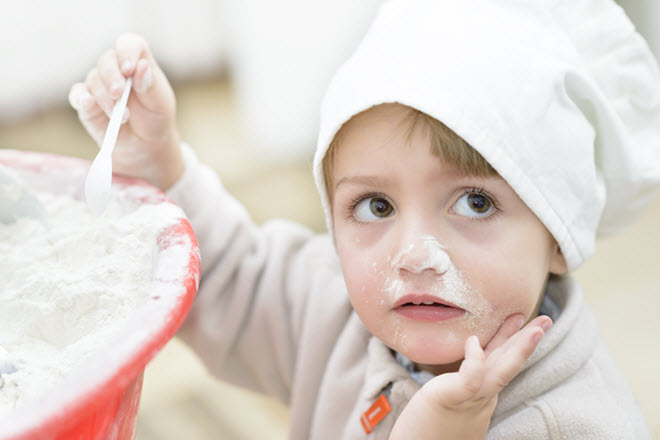
Encouraging your child to gain experience in the kitchen has benefits like improved fine motor skills, exercising her creative muscle and real-life science and math applications. But it's so much more than that. Spending this time with your child can create bridges, mend fences and even create better self-confidence for him. So chefs, start your ovens and get cooking!
Culinary Specialties
International Cuisine
- Chinese Cooking Schools
- French Cooking Schools
- Italian Cooking Schools
- Japanese Cooking Schools
- Thai Cooking Schools
Specialty Schools
- Pastry Schools
- Vegetarian Cooking Schools
- Weekend Cooking Schools
- Kids Cooking Schools
- Cooking School Vacations
Online Options
Culinary Training
Top Schools
- Culinary Arts Schools
- Le Cordon Bleu
- The Art Institutes
- Kitchen Academy
- Johnson and Wales
- International Culinary Center
Majors
- Culinary Majors
- Culinary Arts
- Baking & Pastry Arts
- Food Prep/Prof. Cooking
- Hotel & Restaurant Management
- Culinary Arts Management
- Wine, Spirits & Beverage Management
